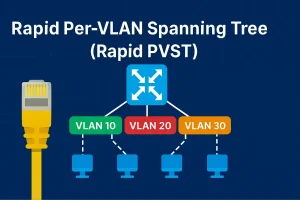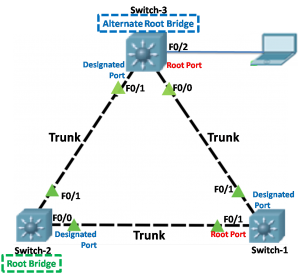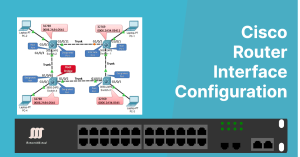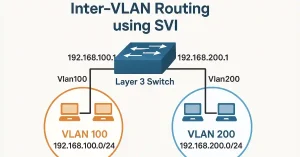How to Troubleshoot Spanning-Tree Protocol
In most networks, the best Spanning-Tree Protocol topology is determined as part of the network blueprint. The Spanning-Tree Protocol is implemented by configuring Spanning-Tree Protocol priority and cost values. Several things could go wrong. You can expect something, but your switches can give you something different. Situations also occur when the Spanning-Tree Protocol was not […]





